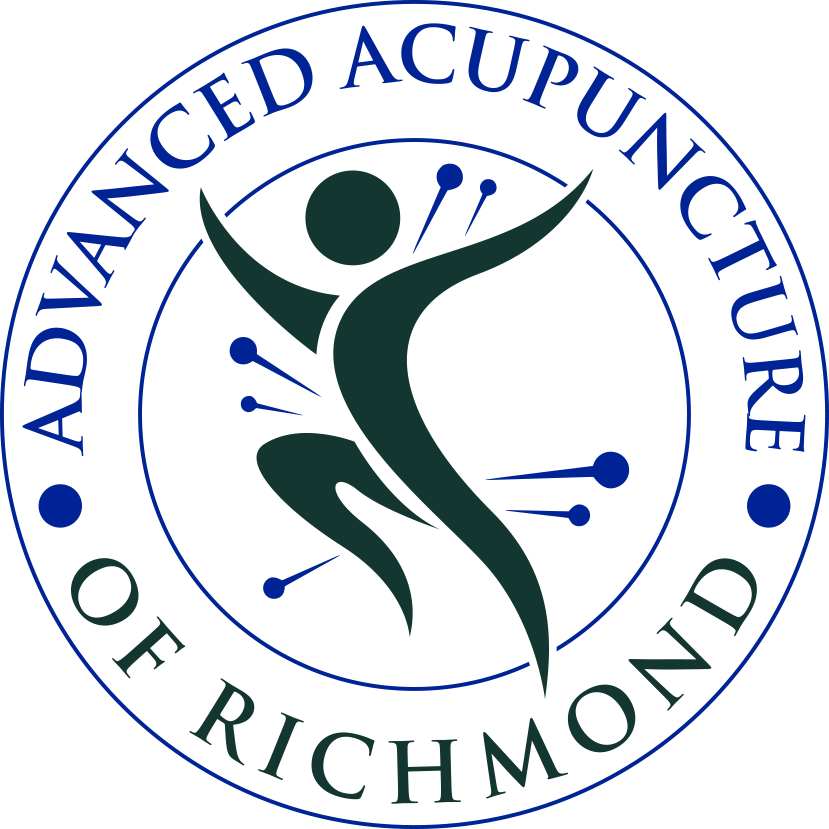Addressing chronic pain in the body is essential to charting a better future for people suffering from PTSD. Even with the most technically advanced imaging, we often can’t explain pain’s root cause, or its transient nature. Much like the symptomatic presentation of PTSD, it’s involuntary and can be unpredictable; at the same time, it also can trigger PTSD to surface in a person. In so many people, chronic pain and PTSD are intimately connected because both conditions reflect a loss of integration in the body—when either is present, the body is not operating as designed. The body is designed to heal, adapt and thrive and the most effective therapeutic interventions directly upgrade the body’s ability to do just that.
Acupuncture has proven itself both scientifically and anecdotally able to affect the body’s ability to heal itself. In the United States, the Veterans Health Administration (V.H.A.) is the largest healthcare system in the United States and has a long history of attempting to integrate acupuncture into the medical system, primarily as an adjunct therapy for “pain management.” The V.H.A.has licensed acupuncturists on staff at most of their hospitals, medical doctors who regularly perform acupuncture, and large numbers of veterans are referred to outpatient clinics in the community to try to meet the demand that veterans have for the therapy. While the V.H.A. has played a critical role in expanding access to acupuncture and introducing it to veterans (and thus to the greater society), it has failed to develop standards of care (S.O.C.) or specific best practices for acupuncture, which in the end, limits the potential effectiveness of the therapy and holds back meaningful advancements in treating PTSD as well.
Contrary to popular belief, acupuncture is not inherently good or harmless. Well intentioned medical doctors in the V.H.A., physical therapists, chiropractors as well as experienced acupuncturists, often render acupuncture treatment that exacerbates existing medical conditions, sometimes even the very condition they are attempting to treat. Even worse, these well-intentioned health care providers will often unknowingly and unintentionally trigger veterans to re-experience past trauma by employing ill-conceived acupuncture techniques which were part of their formal training. The most common way in which this occurs is practitioners employing a technique of local needling: needling where it hurts. While this is ill-advised for the general population, within the context of treating veterans (a population that has higher levels of PTSD) it should be explicitly contra-indicated because such an invasive acupuncture treatment significantly increases the risk of veterans being triggered to re-experience past trauma. This problem exists not only within the halls of the Veterans Health Administration, but is endemic within the field of Oriental Medicine in North America Europe, as well as in China. So many people have either felt no change or felt worse after acupuncture because the treatment method was not calibrated to their actual presentation. Proper assessment interwoven with treatment, as exemplified by Empirical Acupuncture, incorporates a feedback loop that tracks the integration of the body in real time, instantaneously reducing pain and improving range of motion without the risk of exacerbating PTSD or existing pain conditions.

